The prospect of adding a new puppy to your family can be incredibly exciting. Most dog owners would agree that having a constant, loyal companion who loves them unconditionally brings a tremendous amount of joy to their lives.
Having a dog is a huge commitment, however, and a decision you’ll really want to think through. Your new pet will be with you for many years to come, so if you are a first-time dog owner, there are several things you’ll want to know before deciding to adopt a new canine friend.
Before You Bring Your Dog Home
You may get pulled into the adorable brown eyes of the cutest puppy you’ve ever seen, but before you sign the papers, there are some things you’ll need to think through, and some preparations you’ll need to make.
What to Consider Before Getting a Dog
As a first-time dog owner, there are several things to think about before you decide that this is a commitment you’re ready to make. There are a surprising number of things to consider, and you’ll want to be sure that you’ve thought through everything.
Understanding the Specific Needs for Your Breed
At some point, you may have gotten your heart set on a particular breed of dog. Perhaps your neighbor when you were growing up had a cute toy poodle, or you always thought greyhounds looked cool. Before setting out to find a dalmatian for your kids, you’ll want to carefully consider the needs of each breed, and whether or not that fits with you and/or your family’s lifestyle.
Get Access to New Dog Owner’s Guide by Pets Best Here
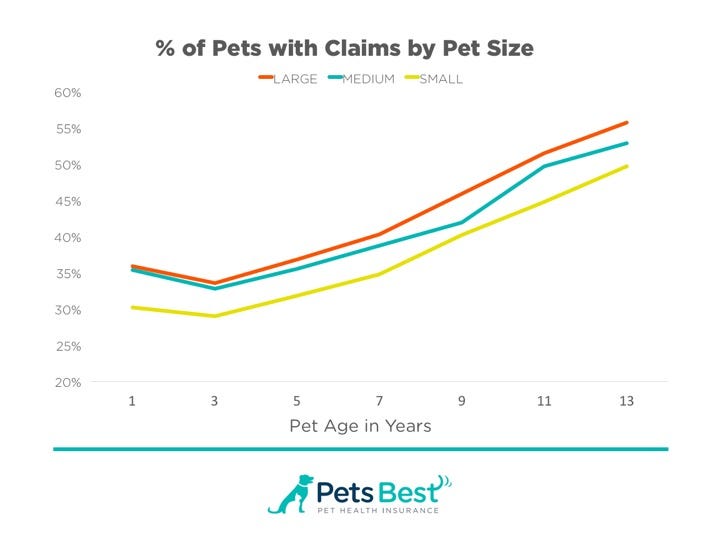
There are breeds of dog, such as large hunting breeds, that need more physical exercise and training. Small, toy breeds require less exercise, but can become easily injured which could make them poor companions for families with small children. Families with small kids may also want to consider dogs over five months old, as puppies still have sharp teeth and a lot of energy, and could unintentionally bite or scratch young children.
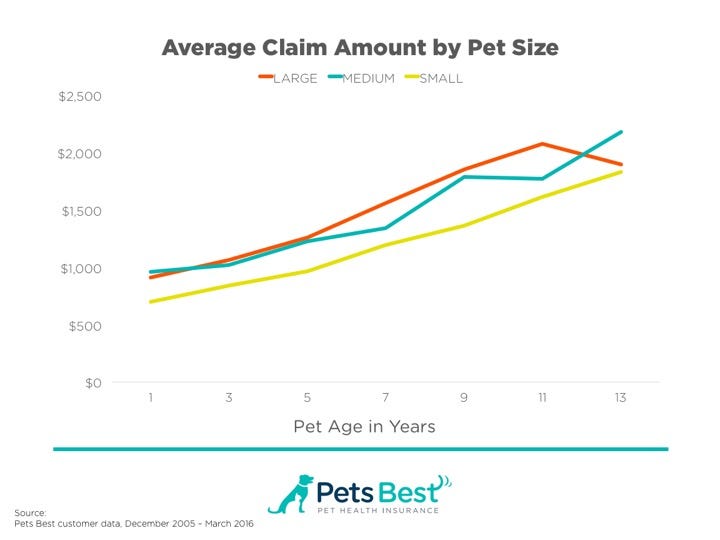
One thing commonly overlooked with regard to buying a dog is the cost beyond initial purchase, and those costs add up quickly. Consider your budget for pet products including:
- Vet bills
- Crates
- Gates
- Collars
- Leashes
There will also be smaller things that you’ll be buying regularly. For example:
- Shampoo
- Flea products
- Heartworm medications
- Food
Depending on the size of your dog, you’ll need to budget how much money you can afford per month on food, especially keeping in mind the amount of food some of the larger breeds require.
During their first year of life, while they’re learning the rules of the house, all breeds will need more attention than they will in their adult years. It’s important to look at your schedule and decide what kind of time you have to devote to training and spending with the dog. What are your work and school schedules, and what works for the needs of the dog you’re getting?
Size of Your Home — Renting vs. Owning
Depending on the size of your home, there are types of breeds who may be a more optimal fit. Smaller breeds can be a good choice for someone in an apartment though not all small breeds are a wise choice. Chihuahuas, for example, tend to bark excessively and don’t make the best neighbor in tight quarters. Before assuming that you can’t have a larger breed in a small space, consider some breeds that are lower energy, and only require moderate exercise. Surprisingly enough, Great Danes are calm and quiet and happy to relax all day, despite their size. For those breeds who need a lot of physical activity, like golden and Labrador retrievers, you’ll want to be sure to have access to a yard or large outdoor space that they can run and play in every day.
Keep in mind that dog ownership is a long-term commitment, so you’ll want to be sure that your housing situation is stable and that you clearly understand the pet policy on your rental property, home owners association, or your neighborhood.
Renting and Liability Insurance
There are a number of things to consider if you rent your home. It’s important to check with your landlord to find out not only whether or not you’ll need renter’s liability insurance, but which types of breeds are allowed. Some breeds, like pit bull terriers, rottweilers, Dobermans and German shepherds have a reputation for being more aggressive, and that has landed them on lists of dogs that some landlords will not allow without additional liability insurance. There are also some breeds that landlords refuse to rent to all together. Be sure to check with your insurance company to see if they cover the breed you’re considering and be sure that the insurance your landlord carries covers them as well.
A First-Time Dog Owner Shopping List
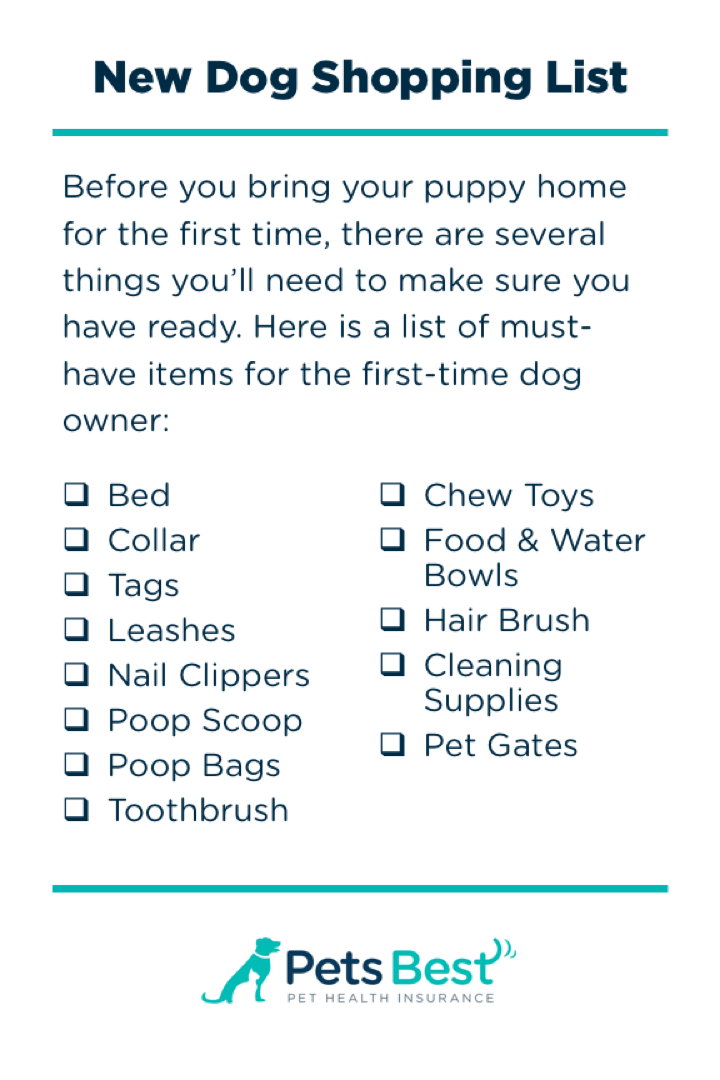
Before you bring your puppy home for the first time, there are several things you’ll need to make sure you have ready. Here is a list of must-have items for the first-time dog owner:
- Pet Gates (or Baby Gates) — To establish which areas of your home will be restricted, go ahead and set up a baby gate before your new pup comes home.
- Bed — At first, you may just want to use some old blankets to designate your dog’s sleeping space, but after they grow out of their chewing phase, you might be interested in a more official dog bed.
- Bowls — Look for ceramic or stainless steel dishes for your dog’s food and water, as some dogs are allergic to plastic.
- Brush — Your puppy shouldn’t need anything too fancy at first, but as their coat grows in, you’ll be able to determine what types of grooming tools you’ll need.
- Cleaning Supplies — As much as we hate to think about it, there are going to be accidents. Before bringing your new pup home, have some carpet cleaner on hand that destroys odor-causing molecules, rather than simply covering them up. You can find these cleaners at pet supply stores.
- Collar, Tags, and Leash — While you’re at the pet supply store, take a look at their identification tags. They can usually be made while you wait, and it’s imperative that you have them. Pick up a collar and leash right away as well so that you can bring it with you when you go to pick up your new dog.
- Crate — You’ll want to have a crate ready so that you can start crate training immediately. You’ll have the option to choose between metal, plastic, soft-side, heavy duty, and decorative. There are pros and cons to each type. For example, the wire and heavy-duty crates are easy to clean should your dog have an accident in them, are good for dogs that get hot easily, and allow your dog to see out of all sides. However, a wire crate can be noisier and some dogs are able to escape. The same is true of a soft-sided crate. Some dogs figure out how to unzip the panel to get out. They are, however, lightweight, portable, and easy to use with small breeds. Heavy-duty crates are difficult for most dogs to escape from. Each of these types of crates are durable and affordable, but don’t look as attractive in your house. If you have a dog that is well-mannered and doesn’t chew or try to escape, you may be able to use crates made out of rattan or wood that are designed to look good in your home. These are fashioned to look like a piece of furniture.
- Nail Clippers — At first, even cat nail clippers will work on your puppy. As your dog grows, you’ll want to have the appropriate clippers for your sized pooch.
- Poop Scoop and Poop Bags — Yes, you’ll be scooping poop, so you’ll want to be well prepared. There are several types of scoopers, some best for grass, some for concrete. Always have bags ready, especially when you’re leaving your own yard. Most urban and suburban areas have ordinances requiring you to pick up after your dog.
- Shampoo — You can pick up specially formulated dog shampoo at your pet supply store and most discounted department stores.
- Toothbrush — There are dog toothbrushes, however, you can also get away with a kids-sized toothbrush as well. Rather than brushing their dogs’ teeth, many pet owners opt to use dental treats like Milk-Bone or Greenies.
- Toys — Your new puppy will want to play a lot! Be sure to have a variety of toys ready so they don’t get bored, just make sure that there are no parts of the toy that could come off because that can be a potential choking hazard.
Get Access to New Dog Owner’s Guide by Pets Best Here
Prepping Your Home
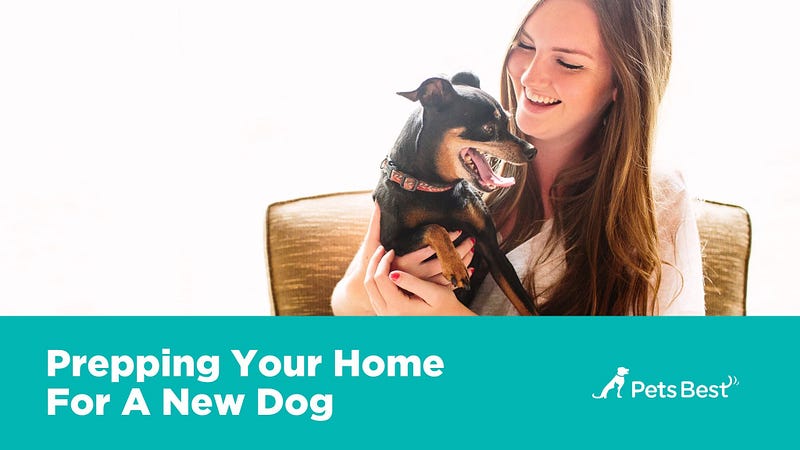
Take a look around and be sure to dog-proof everything.
Tuck or tape loose electrical cords to baseboards, be sure that household cleaners are stored on high shelves, as well as plants. You may also want to remove small rugs and pack up your breakables temporarily, or at a minimum, move them to an out-of-reach location.
Have the gate and crate set up in their designated places, as well as the dog’s food and water dishes.
Determine Where Your Dog Will Spend the Most Time
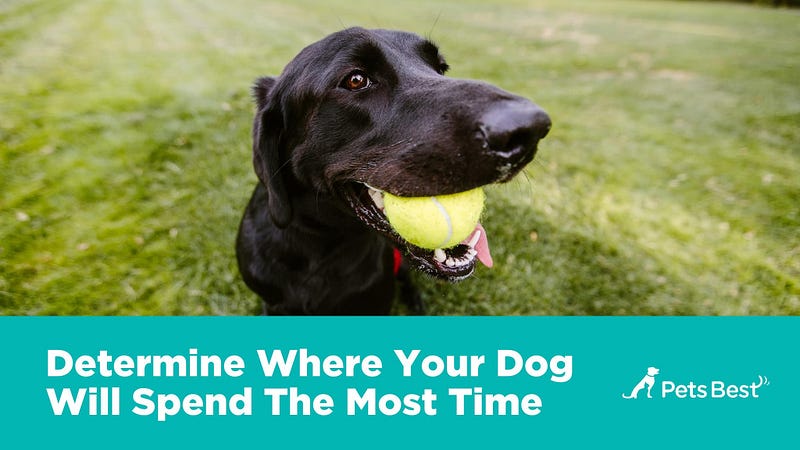
Though you’ve already had several conversations with your significant other and/or the entire family before making the decision to get a dog, one critical decision that needs to be made is determining where the dog will spend most of their time.
If you work from home or take your dog to work, you can directly supervise your dog and take them out for regular bathroom breaks and walks. If you need to leave your dog home, will they be in an exercise pen, or crated indoors with bathroom breaks arranged with a neighbor or friend? Are you in a position to go home on your lunch hour to take your dog out? Is taking your dog to a pet daycare an option for you? Decide which option makes sense for you and have arrangements made before your dog comes home.
Some breeds, for example working breeds like retrievers, may become destructive if they are bored and alone for too long. Some dogs will spend their day barking, and others may mess in the house. Be sure that you understand the amount of attention your dog will require. Most dogs can handle being home alone during a normal workday.
Outside of the work/school day, you’ll need to determine where the dog will sleep. Will it be in a crate in someone’s bedroom? When they’re older, their own bed, or maybe a family member bed? During the night, will the dog be allowed to roam through the house freely?
Selecting a Veterinarian
When choosing the right veterinarian for your dog, make sure that your vet’s philosophy is similar to yours. Ask friends and neighbors who have the same approach to pet care that you do to find out which vets they recommend. When you visit different offices, meet the veterinarian and their staff to get an idea of what they are like. Ask for a tour of their facility to make sure that you are comfortable with their standards. Prepare a checklist of things that matter most to you and be sure to go through those as you are researching veterinarians.
Raising Your Dog Right At Home
Once you get that adorable puppy home, your world might feel like it’s all but flipped upside down. You and your new dog will be going through several changes.
Developing Trust
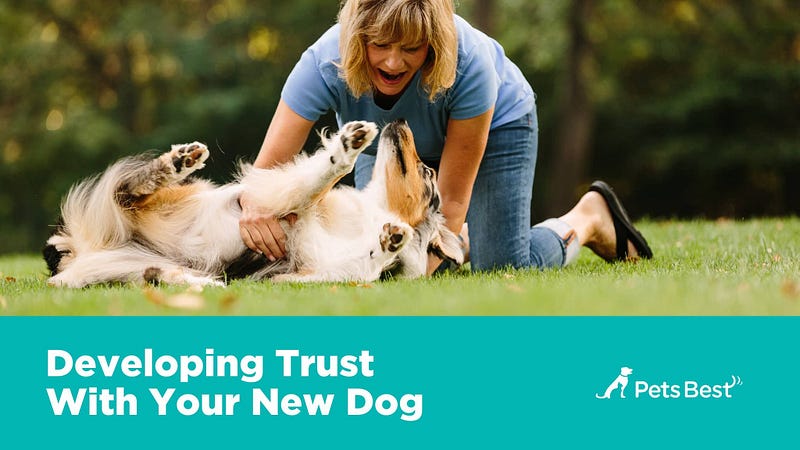
After your new puppy comes home with you, it’s time to build a bond. Bonding occurs through normal pet owner activities like feeding time, taking walks, bathroom breaks, and playing. Establishing routines, spending time with them, building strong communication through training, and one-on-one quiet time are some of the ways in which you can interact with your dog. Having a routine builds consistency and teaches him or her that they can trust you. When a dog has a routine with you, they learn to rely on that and are happy to comply with it because they earn so much of your love and respect.
Introducing Your Dog to the Neighborhood
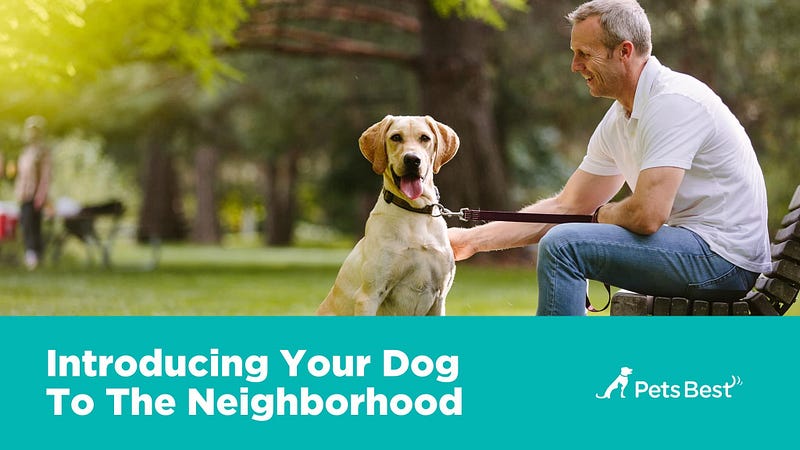
You’ll be out and about in your neighborhood with your new puppy as soon as you bring him/her home. For your dog, this means a whole lot of new things to see and smell. Couple this with a young pup who isn’t yet trained, and you have some things to be aware of.
Knowing the Rules in Your Neighborhood
There are typically local rules you’ll want to make sure you’re up to speed on. If you live in an apartment complex, or your neighborhood has a Home Owners’ Association, those rules should be fairly easy to get your hands on. If not, check with your city or county administrators to find out what animal control laws you need to be aware of. Legally, your dog will need a license. To find out the specific requirements of your county and in your state, check with your local municipality office, animal control, or your veterinarian. You’ll also want to be sure that you aren’t violating any laws such as scooping poop laws, excessive barking, or having your dog on a leash.
Knowing How to Interact with Other Dogs
When other dogs approach your dog they typically signal how they feel about your dog with their tail. A jerky, high wag can mean they feel threatened, and a low, loose wag, usually means they’re friendly and curious about your new puppy. Pay attention to how a strange dog is approaching, and be sure to ask the owner how their dog feels about other dogs.
Before your new dog interacts with other dogs, be sure that he stays safe and protected. A leash is the safest way to keep a dog from becoming injured or running away, so leash training is important from the very beginning. The first few times you take your puppy for a walk, consider bringing a toy and some treats to reward him/her for good behavior.
Get Access to New Dog Owner’s Guide by Pets Best Here
Selecting the Right Diet
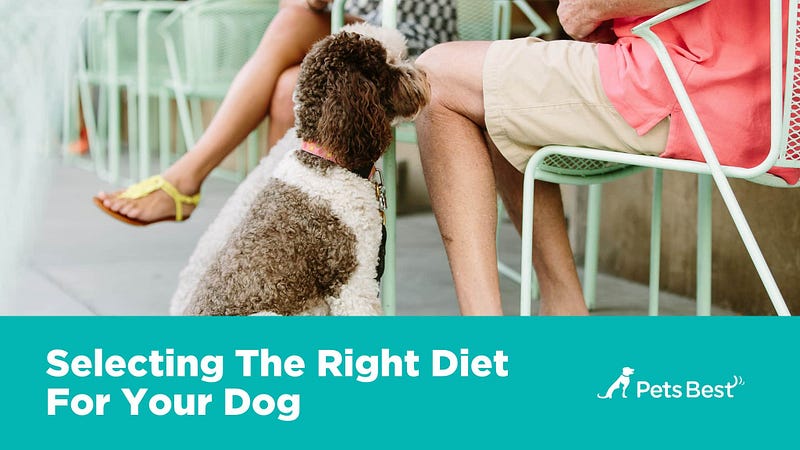
Understanding Your Dog’s Dietary Requirements
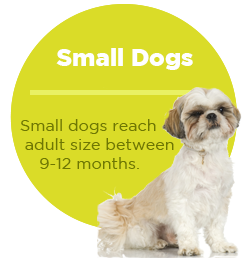
Weaning begins at 3–4 weeks and your puppy should now be eating puppy-formulated pet food. Commercial pet foods have the right blend of proteins, fats, carbohydrates, vitamins and minerals that your dog needs.
Before your dog becomes an adult, they’ll need to eat a formula that contains 25–30% protein. It’s important not to overfeed your puppy. A common mistake new dog owners make is feeding their puppy more treats than necessary, and more food than is healthy for them. This can lead to an overweight dog, and cause problems in their health and physical development.
Small breed dogs commonly reach their adult size around nine to 12 months. Because of their high metabolic rate, they typically need to eat three to four times per day. For mid-sized, large and giant breeds, it’s recommended that they are fed according to size and physical activity, as they can suffer from bone or joint problems should they overeat, especially during the early stages of their life.


Thank you I have just been searching for information approximately this topic for a while and yours is the best I have found out so far However what in regards to the bottom line Are you certain concerning the supply
Thank you for your feedback! I’m glad you found the information helpful. Regarding the bottom line, I strive to provide accurate and well-sourced details. If you have any specific concerns or need further clarification, feel free to ask—I’d be happy to help!